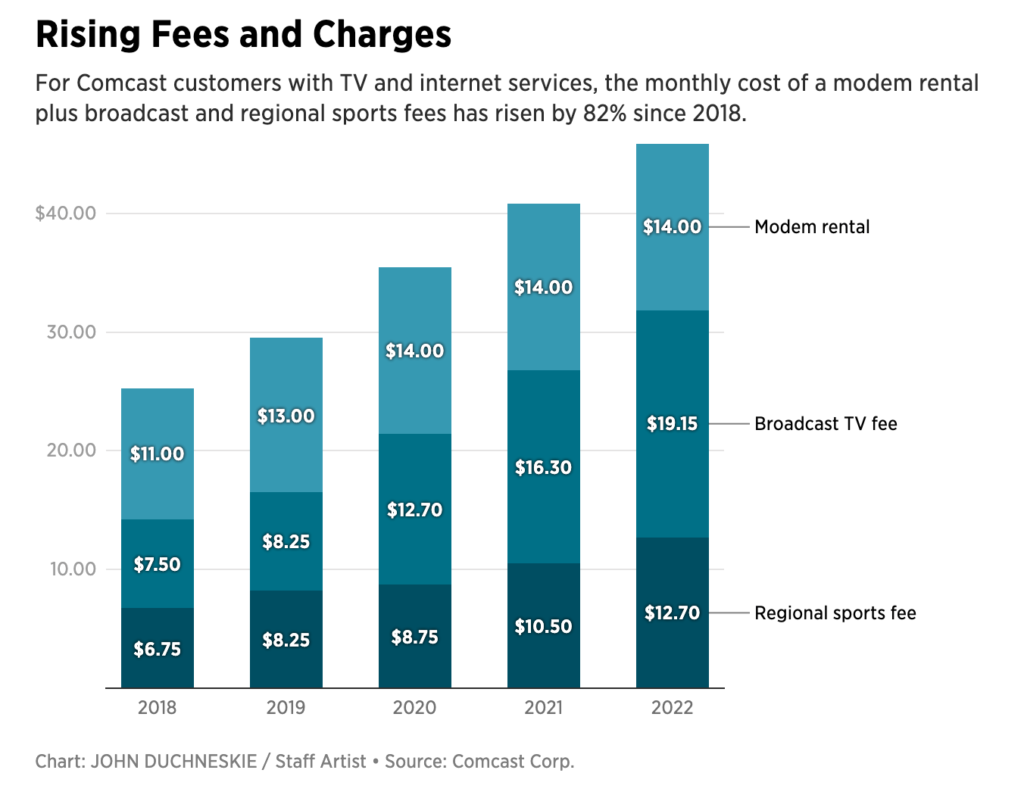Read the Benefits of Fiber Optic Television Solutions for Widespread Applications
Wiki Article
Optical fiber TV services are growing increasingly popular for big applications, including in educational institutions, medical facilities, and businesses. These solutions use thin fibers of glass or plastic to send information as light waves. This innovation offers several benefits over traditional wire or satellite television services. One of the key important benefits is the rapid internet connection that optical optics can offer. This speed allows for smooth broadcasting of HD content, which is crucial for organizations that rely on visual for training, demonstrations, or leisure.
Another important advantage of optical optic television solutions is their reliability. Fiber fiber cables are not as vulnerable to interference from climatic factors or material barriers compared to traditional metal cables. This means that organizations can expect a more consistent and reliable connection, which is vital for large-scale uses where downtime can result in major interruptions. For example, a hospital needs to ensure that its connectivity networks are constantly operational, and fiber optics can help attain that degree of dependability.
In furthermore to velocity and dependability, fiber fiber TV services also offer increased capacity. This implies that many individuals can access the network and stream content simultaneously without facing a decrease in performance. For big entities, this is especially beneficial as it allows many employees cable tv installation for mdu or students to use the service at the same time. Schools can stream educational videos in classrooms while businesses can conduct video conferences without worrying about lag or buffering problems.
Affordability is another advantage of fiber optic TV services. While the upfront installation may be higher than traditional services, the long-term cost reductions can be substantial. Optical optics require fewer maintenance and have a greater duration than metal cables. Additionally, the increased efficiency and speed can lead to higher productivity, which can save costs in the future. Entities can distribute their assets more efficiently when they do not have to deal with frequent service interruptions or lagging broadband rates.

Lastly, optical optic TV solutions are eco-friendly friendly. The materials used in fiber technology are less harmful to the ecosystem compared to traditional cabling. Furthermore, fiber systems consumes less power, which can help entities reduce their carbon impact. As more companies and institutions seek methods to be more eco-friendly, optical services offer a feasible option that corresponds with these goals. In summary, the benefits of optical TV services make them an outstanding option for big applications, offering velocity, reliability, capacity, cost-effectiveness, and eco-friendly sustainability.